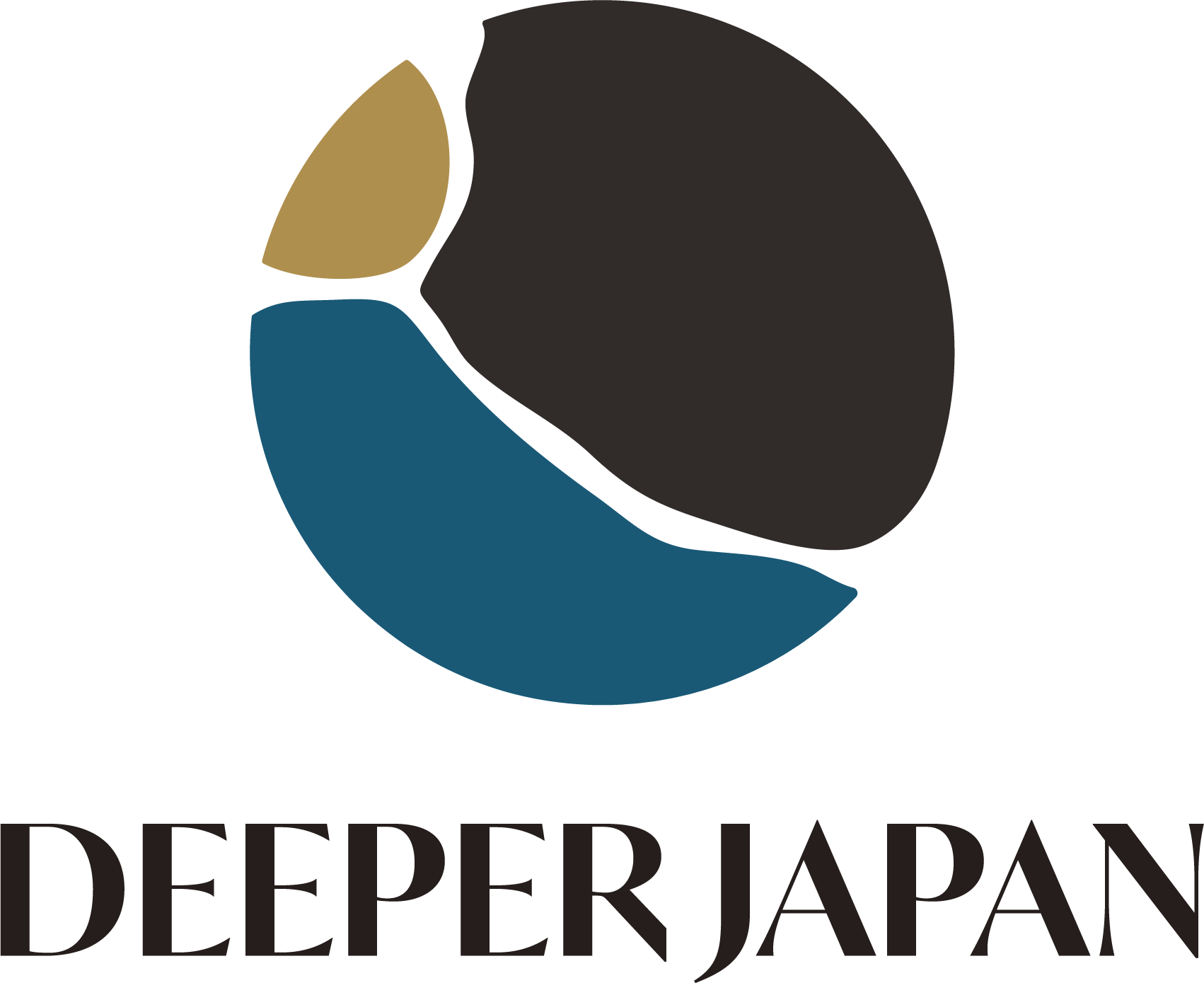Yoshiharu, Mujizome Dyer
“I can share stories of being a craftsperson and about the difficulties of being a craftsperson, from my own experience. I hope I can convey such things to incoming guests. I think that is very important for those who come to experience our work here.”
The rivers of Tokyo have supported the textile dyeing industry within the city since the Edo era. Rivers such as the Kanda River became a central thread that gathered many dyeing artisans of various techniques to its banks and surrounding areas to settle. One such technique, the Edo mujizome, is characterized by its subtly beautiful plain colors, popularized during the Edo era with the creation of the color shikon, or blue-ish purple.
However, mujizome techniques trace their roots to before the arrival of Buddhism in Japan, following an ancient practice of vegetable dyeing methods, incorporating plain dyes extracted from plants to reflect the colors of nature. Through mastering the color matching process with sharp eyes and unbroken concentration, mujizome artisans dye the white ittan textiles to the exact color they are looking for, from a set of five base dyes.
In a quiet studio with the Sumida River to its north, Yoshiharu-san spends his mornings carefully color matching and dyeing textiles to match his clients’ needs. Though the methods have been unchanged since his father opened the studio workshop in 1951, Yoshiharu-san has shifted his focus to dyeing textiles other than those for kimono, in an effort to keep the art of mujizome alive as the fashion industry shifted.
Deeper Japan spoke with Yoshiharu-san to hear more about his studio and the ways in which his family adjusted to the changing times of both the fashion industry and the workforce in post-war Japan.
Q. Could you tell us about the location of your studio here and what kind of area this is?
A: The reason why we are here at this location is that first of all, my father chose this location in 1951. We used to get work directly from the kimono wholesaler, and that wholesaler had a place in Horidome, which was in Nihonbashi, which was just one river over from here, so the area was convenient. Second of all, the president of our business partner at the time had offered this place since it was vacant, and my father accepted the offer. And third, this place has a river at its back.
The existence of a river is very important for those in the dyeing industry. However, we didn’t choose this place because we used the water from the Sumida River, but we chose it for the lighting. This place is north facing, which means the inside of the studio does not get direct sunlight coming in; this makes it perfect lighting for the all-important color matching process.
Originally, my father trained in Kanda, but after the war ended and he was demobilized, he came back here and started working, as the circumstances of this location just made sense in the end, especially for dyeing kimono textiles.
Q: Could you tell us a little bit about how you found yourself in the mujizome industry?
A: When my father was still working, the studio was piled high with work, so much work that they were scrambling to get orders done. And I saw my father in those times, and so, I just assumed that I would probably grow up and have to do the same thing; it was with that simple thought that led me to start working here. I’m not sure if that’s good or bad, but that’s how I started.
When my father was still in the business, it was before the Tokyo Olympics, so there was an overflowing abundance of work. Then, after experiencing that, the first oil shock or oil crisis or something like that started, and so gradually, the kimono culture became stagnant.
It was at this point in time, I entered the business, and it was at this point that we realized that if we tried to keep going, we were going to be unable to feed ourselves. So then, we decided to do something a bit different: dyeing would still be dyeing, but with added options of other materials to dye. And with this change of focus in mind, we have arrived at our present state.
Q: If there is anything you would like to say to potential visitors about your work or techniques? If so, could you share it with us?
A: First of all, when you do the experience in our studio, you’re able to do things we don’t do in the workshops we hold at other locations, like schools. Another advantage is that those things can be conveyed readily and directly to the guests here. Those who come to our brick-and-mortar studio can have a more detailed experience, along with learning about more work-related concepts and techniques.
And when I give a tour of the studio, I can show the guests how we do certain processes and give more detailed and in-depth information about what we do here. I can also share stories of being a craftsperson and about the difficulties of being a craftsperson, from my own experience. I hope I can convey such things to incoming guests. I think that is very important for those who come to experience our work here.
Yoshiharu-san happily welcomes all visitors to experience the ancient technique of mujizome and immerse themselves in the new and innovative techniques that he has created for people of all ages to appreciate the art, passionate about sharing the timeless beauty and craft of mujizome with guests.
Join Yoshiharu-san on a tour of his studio while learning about the history of Tokyo mujizome and of the studio itself. Then, catch a glimpse of some of the projects that Yoshiharu-san is working on. Finally, learn how to dye a tenugui towel to a color of your choice.
Read more, here.








